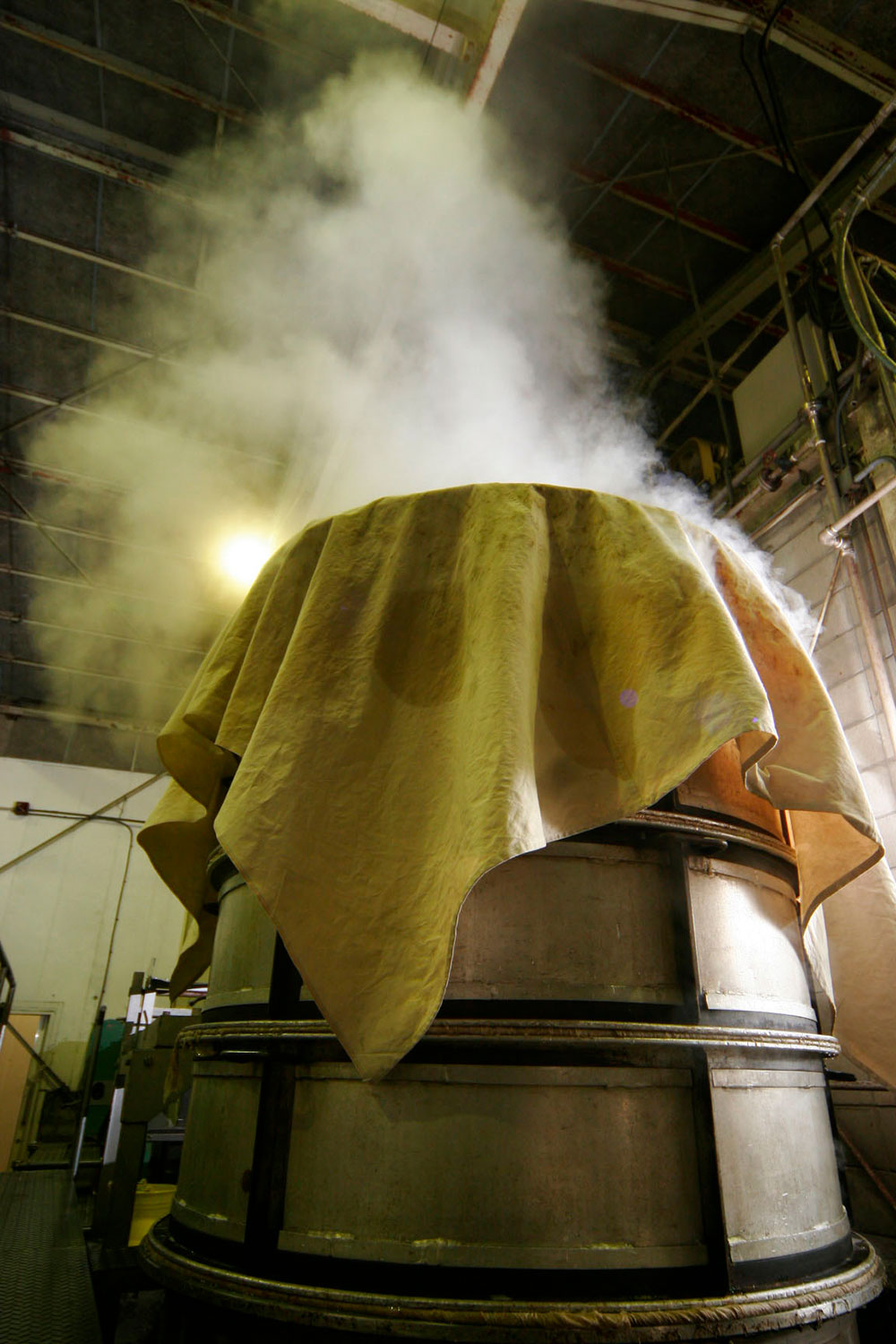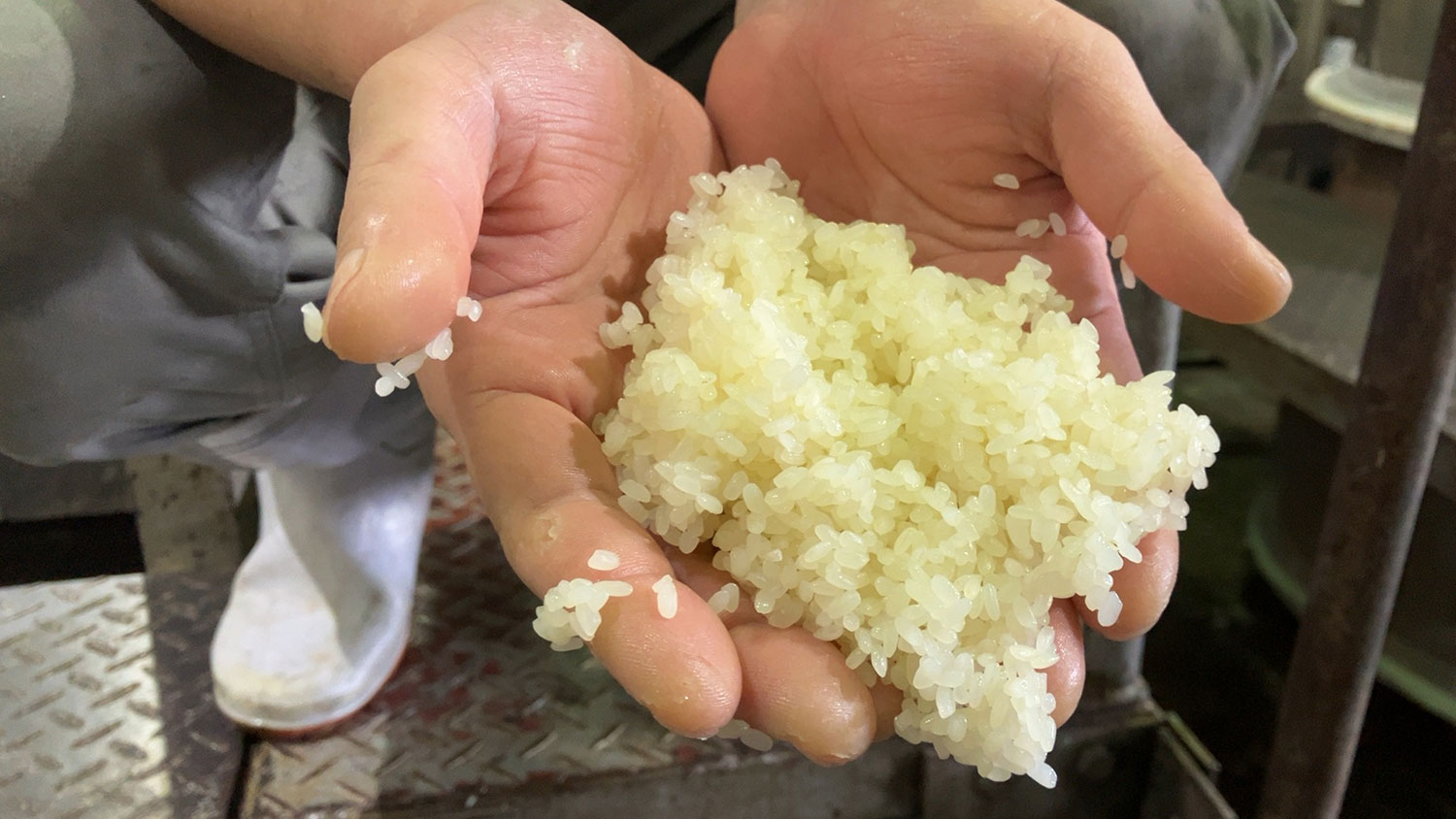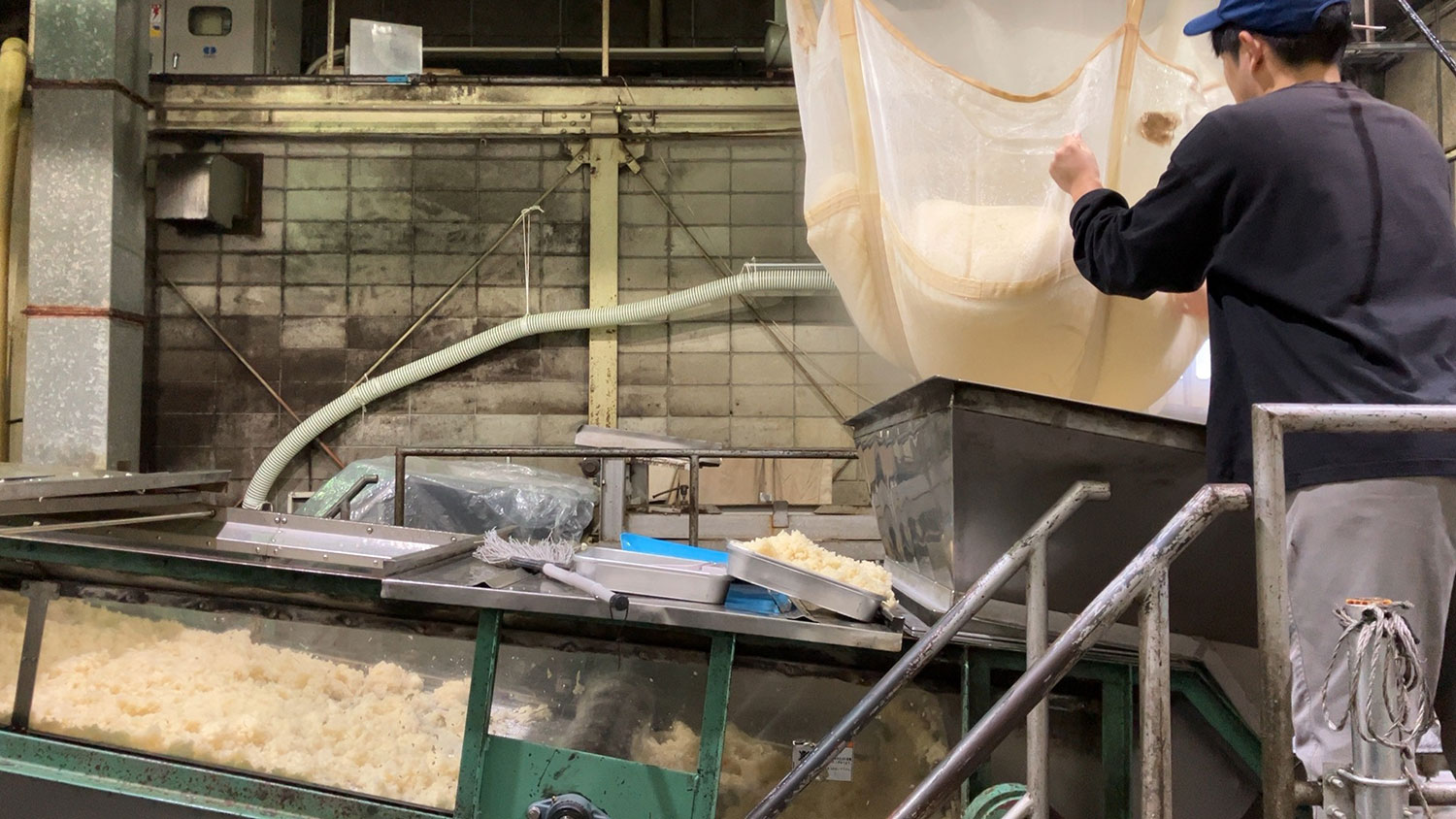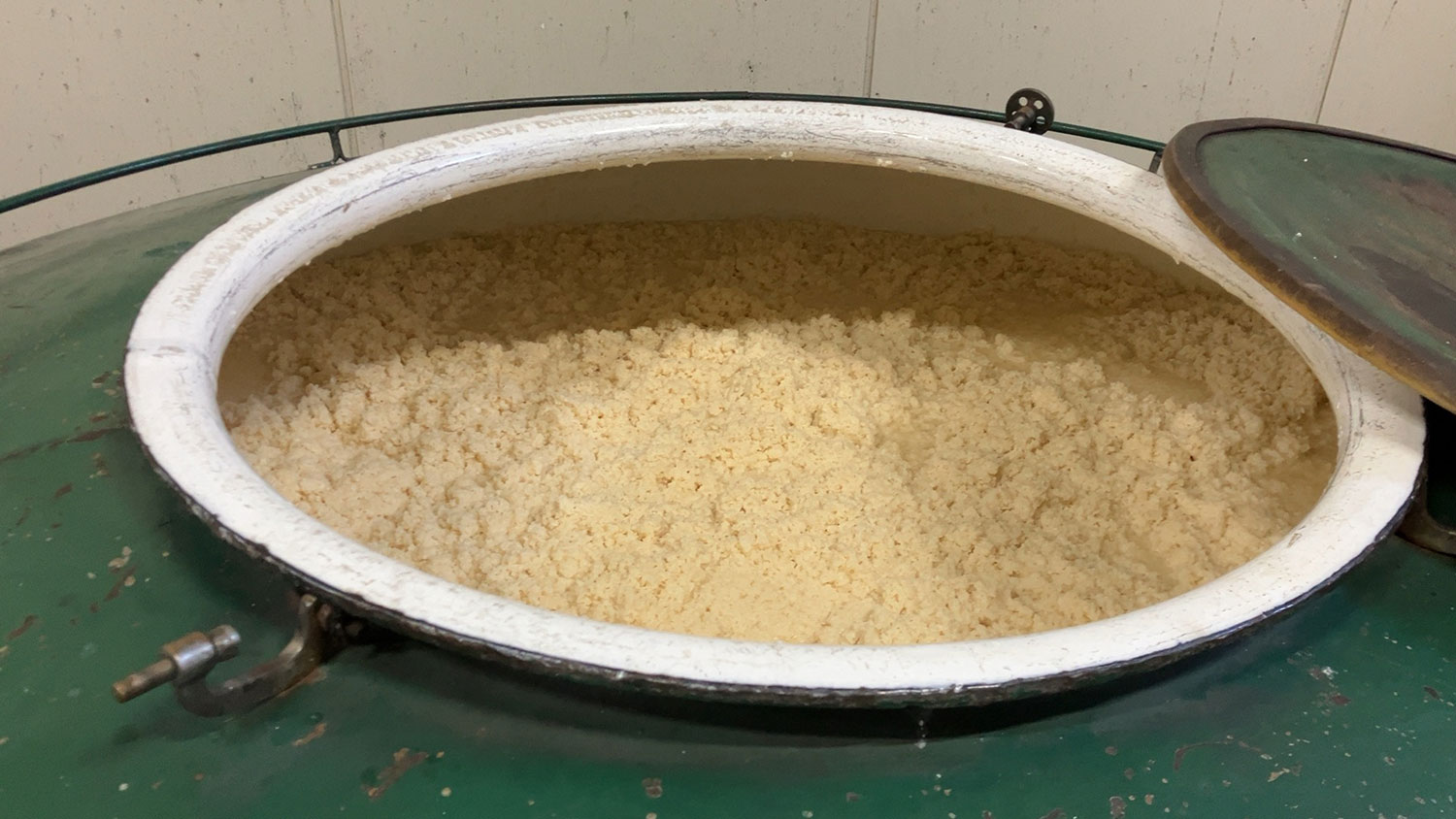
Forest

Tradition
Building an Awareness of the World of Rice Liqueur and Mirin
Sumiya Bunjiro Brewery: Brewing Japanese Condiments in Unison with the Local Climate and Protecting a 200-Year-Old Tradition
Sumiya Bunjiro Brewery Co., Ltd.
(Aichi Prefecture)
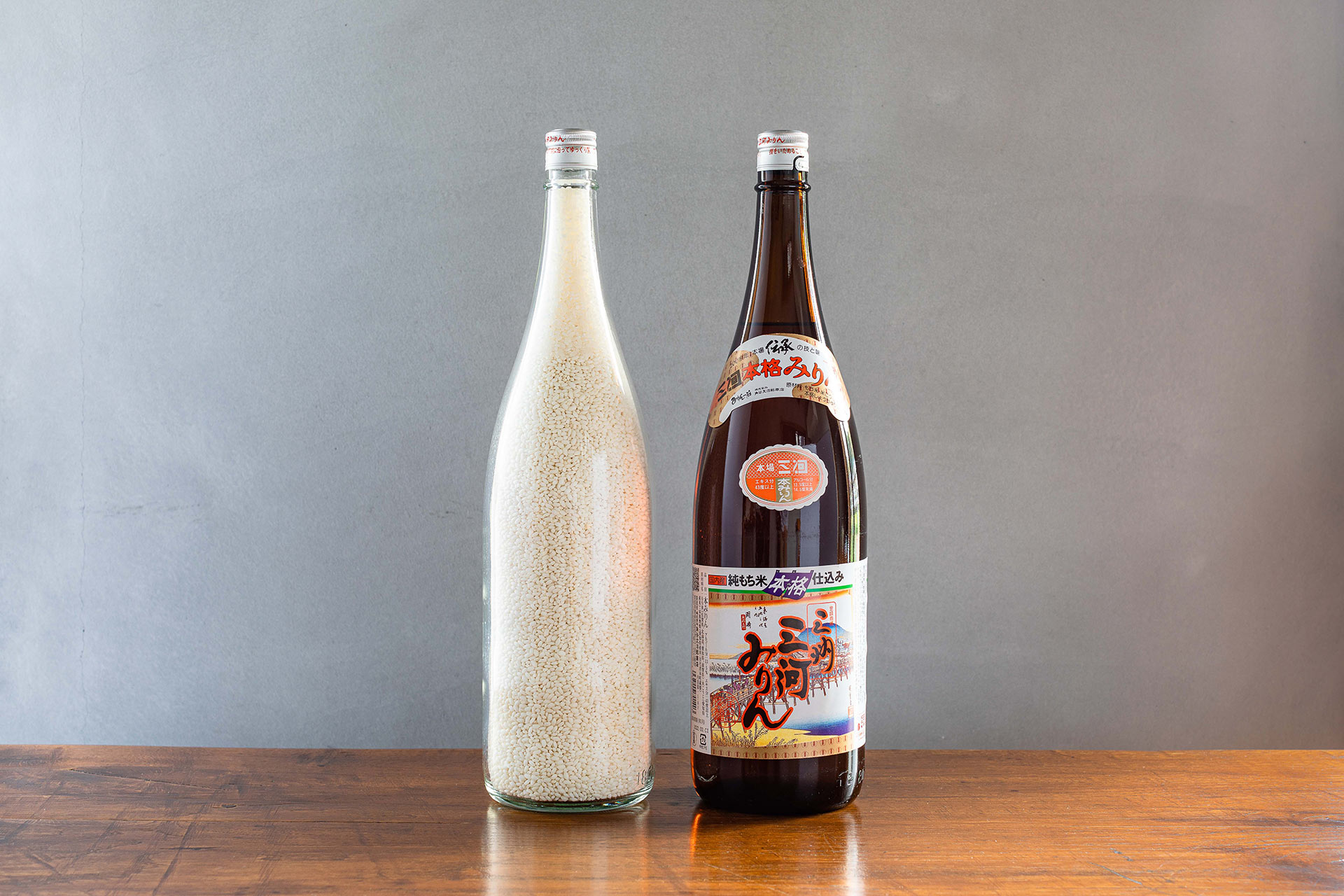
Overview
In Japan, brewing culture has flourished in Aichi Prefecture’s Hekinan City since the Edo period. Here, one of the five mirin breweries still in operation today is Sumiya Bunjiro Brewery, founded in 1910. The third-generation president, Mr. Toshio SUMIYA, has been sharing the charm of mirin for over 50 years.
If borrowing Mr. SUMIYA’s words to describe the characteristics of the company’s products, it would be “One sho of rice, one sho of mirin,” which can also be rendered as “One grain of rice in every drop.” This catchy slogan represents the traditional method of using an equal amount of rice to make mirin, reflecting the company’s pride in addressing challenges related to food, agriculture, and the environment.
After defeat in World War II, Japan and its food culture underwent rapid changes, allowing for the industrial production of mirin that deviated from original methods. However, there has been a significant demand for traditional, safe condiments due to concerns about allergies and health. In response, the company aims to achieve a healthier and more-sustainable local community for both producers and consumers through their dedicated mirin production.
Successful outcomes
- Despite the heavy burden of liquor taxes and other factors leading to a decrease at many mirin breweries, the company leverages its strengths of being small scale so as to continue traditional brewing methods.
- The only ingredients used are glutinous rice, rice koji, and rice shochu. After approximately three months of aging and pressing, the mirin undergoes further long-term aging for over a year.
- All rice is sourced from designated contracted farmers as brown rice and is milled in-house.
- Rice shochu is also produced at the company’s own brewery.
- Mirin is referred to as "rice liqueur." Instead of focusing on new product development, the company is advancing the development of mirin applications across various genres.
- By using rice as the main ingredient, the company supports the livelihoods of agricultural producers, preserves rural landscapes in residential/rural environments, and contributes to environmental conservation.
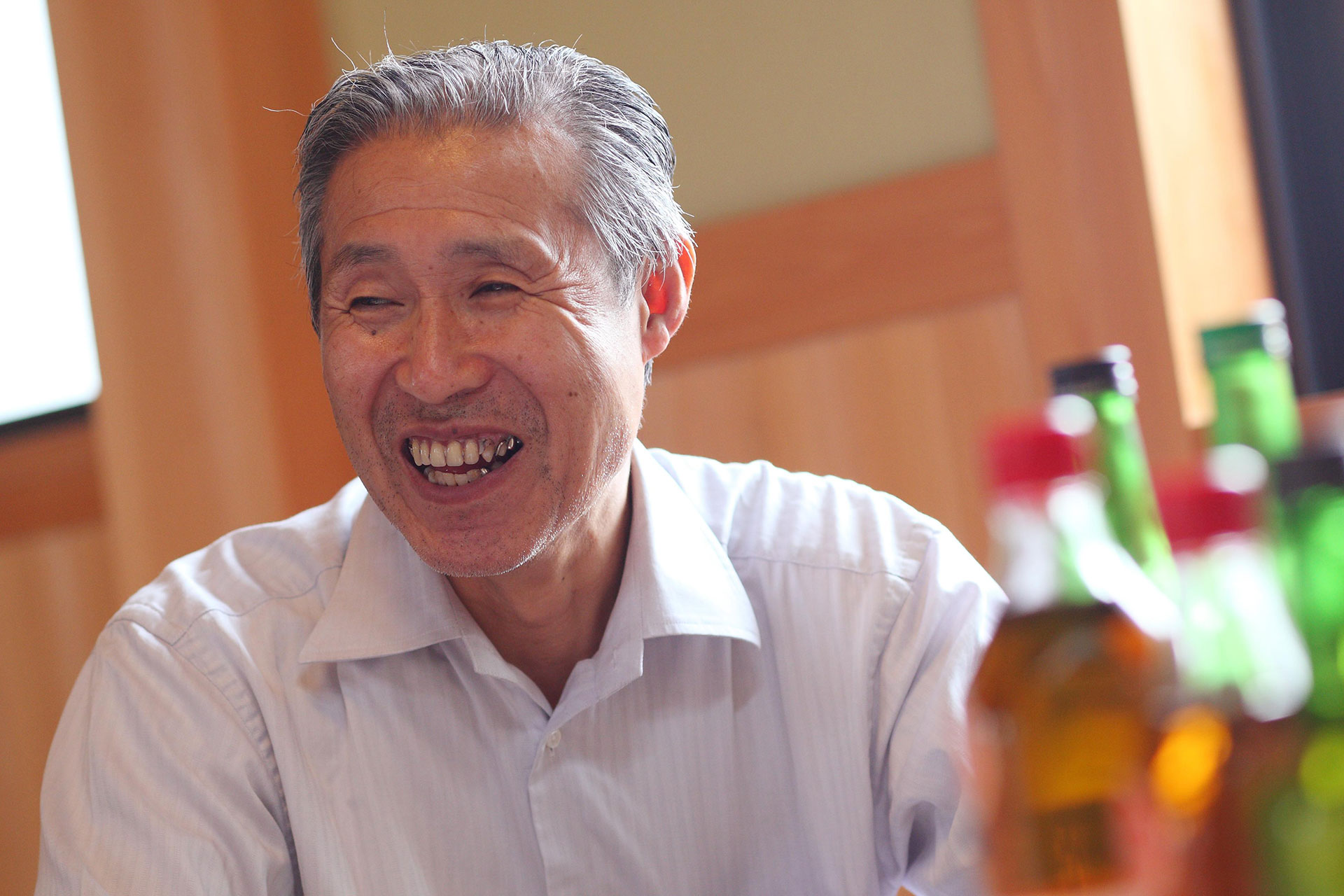
All the more important to adhere to proven fundamental principles amid the rise of various complexities
Historically, the Mikawa region of Aichi Prefecture is the home area of Tokugawa Ieyasu, the founder and first shogun of the Tokugawa shogunate of Japan. Here, the rich water from the Yahagi River flows into Mikawa Bay, and the grains cultivated in the Mikawa plains have led to the development of a brewing culture, including mirin, as a regional industry. During the Edo period, a foundation of Japanese cuisine was established here, and mirin, which was previously known as a high-quality sake with a distinctive sweetness, gradually became an essential seasoning in traditional Japanese cuisine during the Meiji and Taisho periods.
Major changes occurred after the war. In 1956, 1959, and 1962, there were three consecutive tax reforms that significantly reduced heavy & strict liquor taxes to one-sixth of their original amount. Simultaneously, with the progress of economic growth, there was widening disparity between urban and rural labor incomes. To balance this situation, the Japanese government decided to increase rice prices.
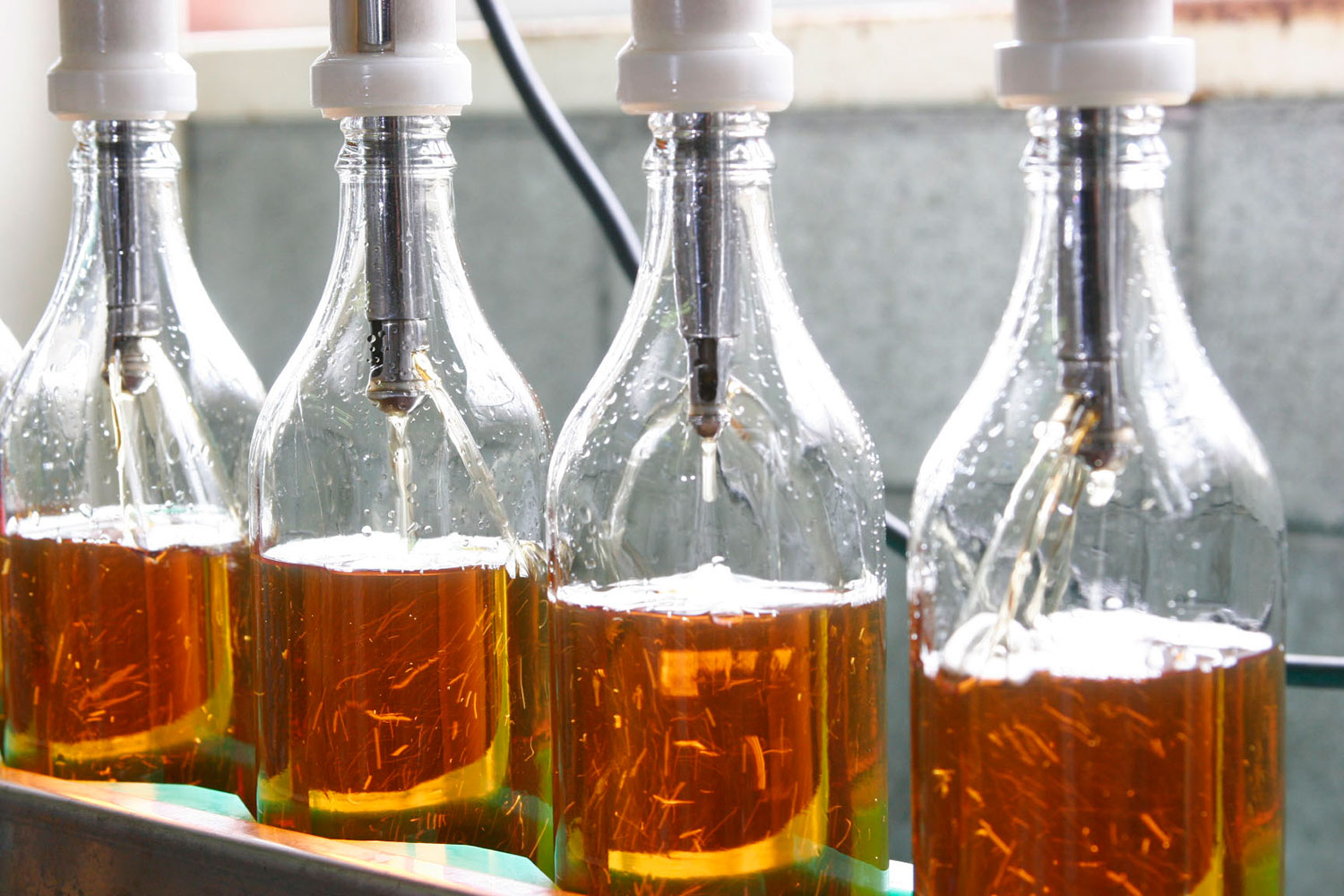
Although liquor taxes decreased, the rise in rice prices resulted in the industrialization of mirin production. Major companies began reducing the amount of rice used and started producing mirin that was similar yet different, by blending corn-derived glucose syrup and brewing alcohol. Surprisingly, even today, products claiming to be “hon mirin” (real mirin) are sold, containing up to 250% artificial sweeteners in relation to the amount of rice used.
“We will focus on creating products that clearly show their ingredients, which large companies have neglected to do. Even if it’s just one person out of 100 who understands, let’s reach out to those who do.”
The above company quote sums up Sumiya Bunjiro Brewery’s approach: It decided not to follow the path of industrialization and continues to produce authentic mirin since its establishment. The company has expanded sales channels by wholesaling to department stores in the Tokyo metropolitan area through wholesalers, participating in food exhibitions and trade shows, and focusing on overseas exports, especially in the organic market, to increase demand. In product development using only organic rice as the raw material, the company has obtained strict organic certification through third-party authentication, emphasizing responsible production as a manufacturer.
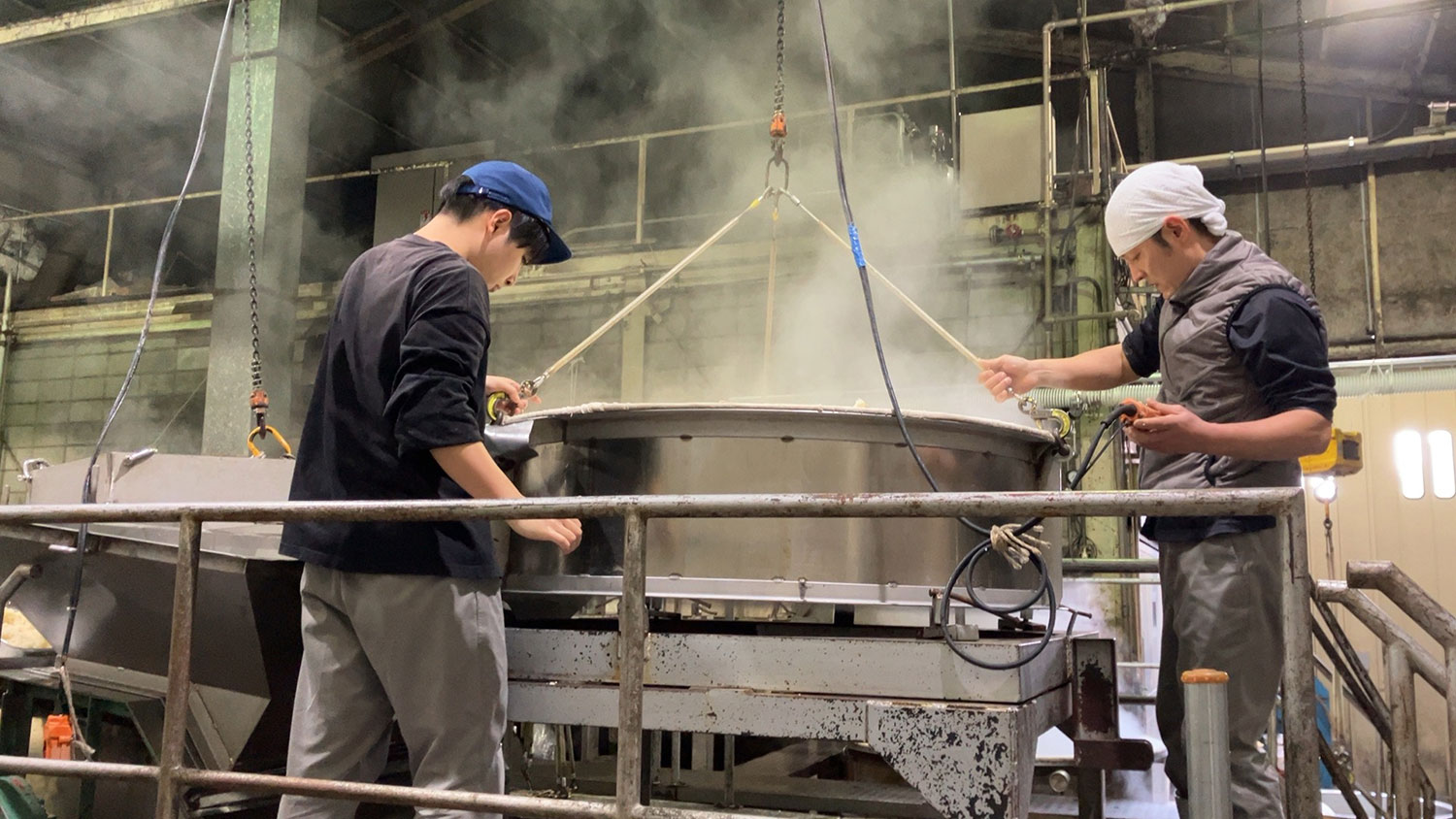
The reason for this dedication is not simply a rebellion against economic rationalism. According to Mr. SUMIYA, the flavor of the rice is what creates the deliciousness of mirin.
“When you eat rice, you can taste its sweetness, but there’s also another kind of umami found in rice. However, it takes time for that umami to develop, and it is only released after being swallowed and reaching the bottom of your stomach. Mirin, with the help of koji, maximizes the sweetness and umami of the rice,” says Mr. SUMIYA. This is why Mr. SUMIYA refers to the company’s mirin as “rice liqueur” and why the umami of the product is so special: Sumiya Bunjiro Brewery’s mirin embodies a deeper sweetness that is all natural and fostered by actual rice.
The company’s current lineup of mirin products includes “Sanshu Mikawa Mirin” and “Organic Sanshu Mirin” made with organically cultivated rice. The company does not engage in new product development but focuses on developing applications for non-Japanese cuisine, such as French and Chinese, along with confections and bakery items. Many chefs around the world, including those at renowned Michelin-starred restaurants such as noma from Copenhagen—which launched a pop-up shop in Kyoto in 2023—appreciate and use Sumiya Bunjiro Brewery’s mirin.
The company states: “We have customers with specific needs, so we produce the mirin that they desire, and it’s also thanks to our customers that we can support the rice producers who provide the raw materials required and who maintain rice field landscapes. Our commitment to quality and traditional methods in mirin production is our way of expressing our thoughts toward the environment and society.”
Sanshu Mikawa Mirin
Sumiya Bunjiro Brewery Co., Ltd.
https://mikawamirin.jp/english

